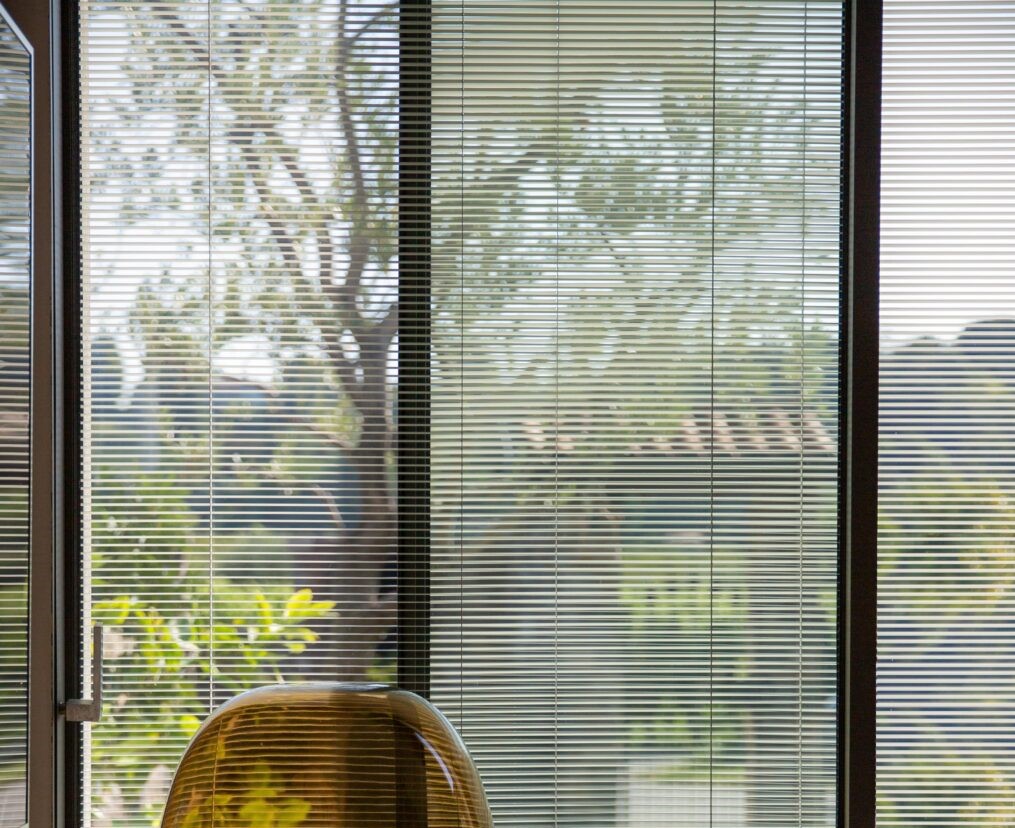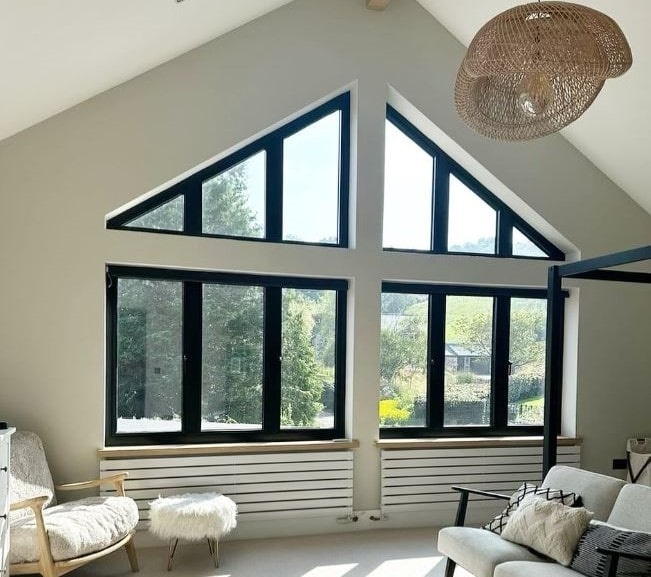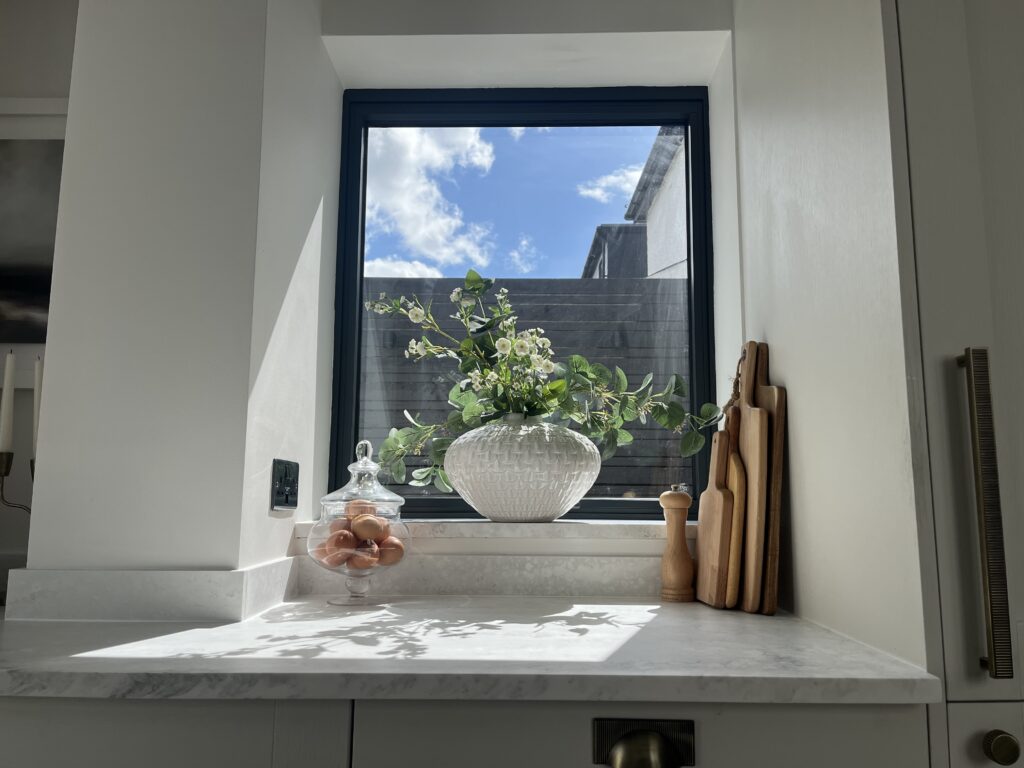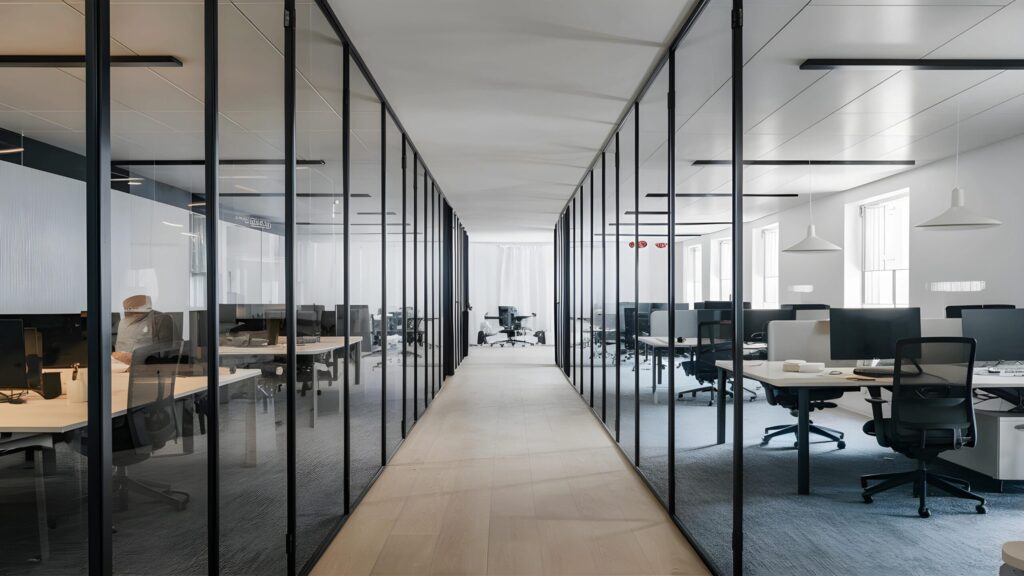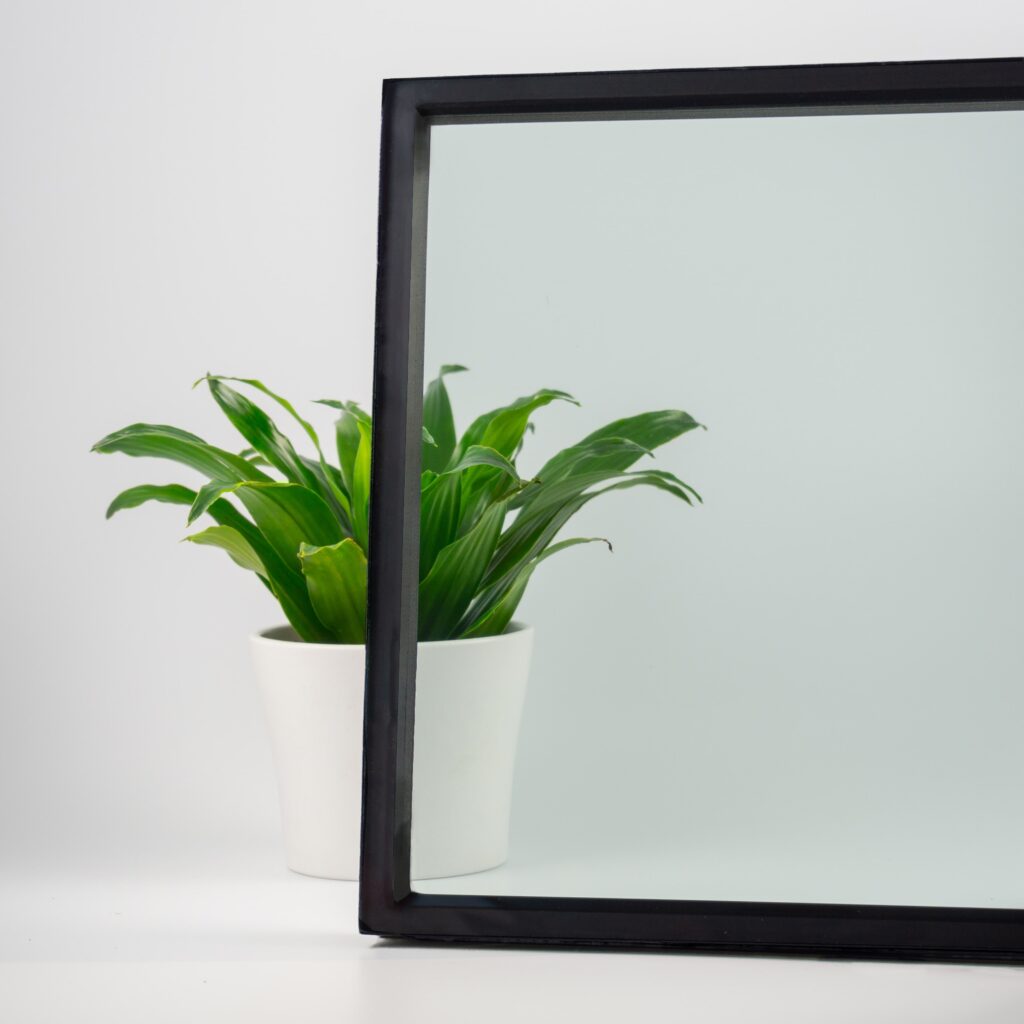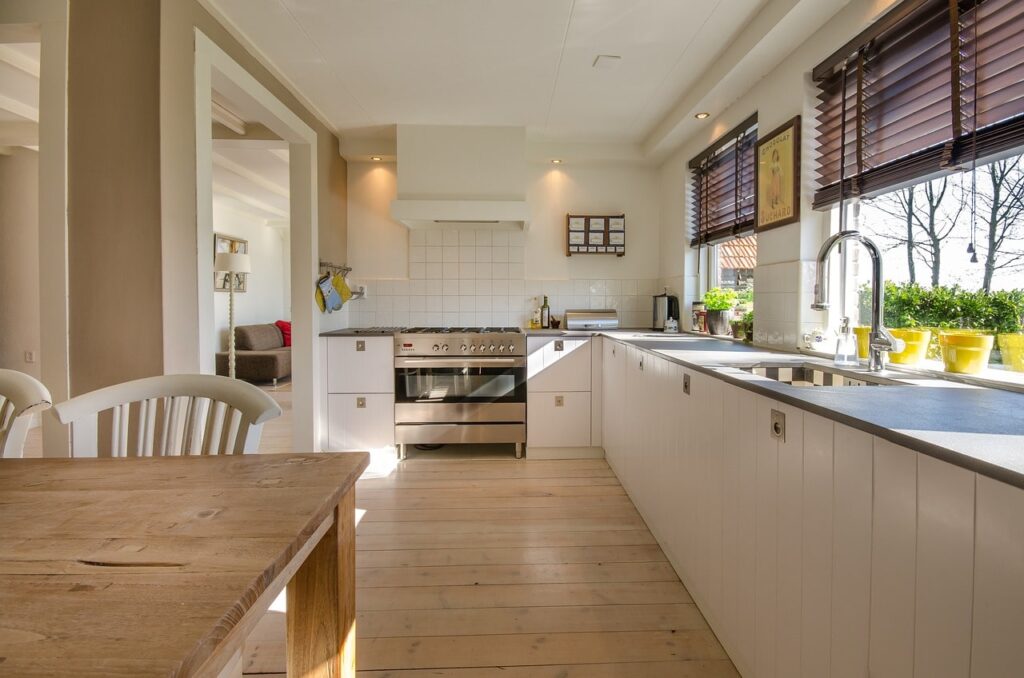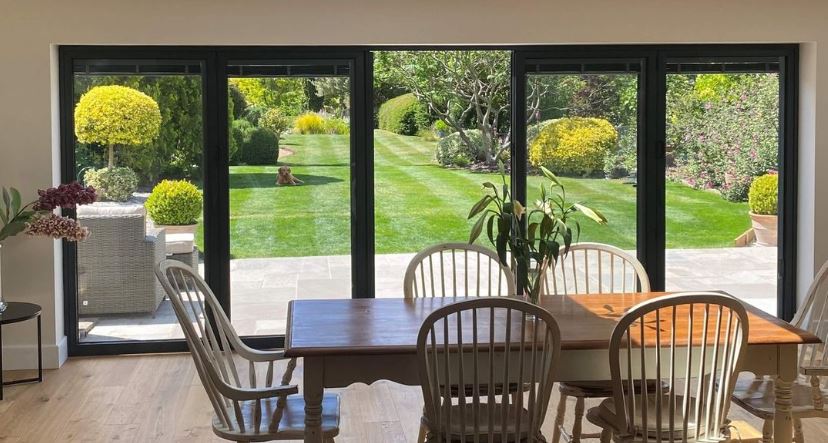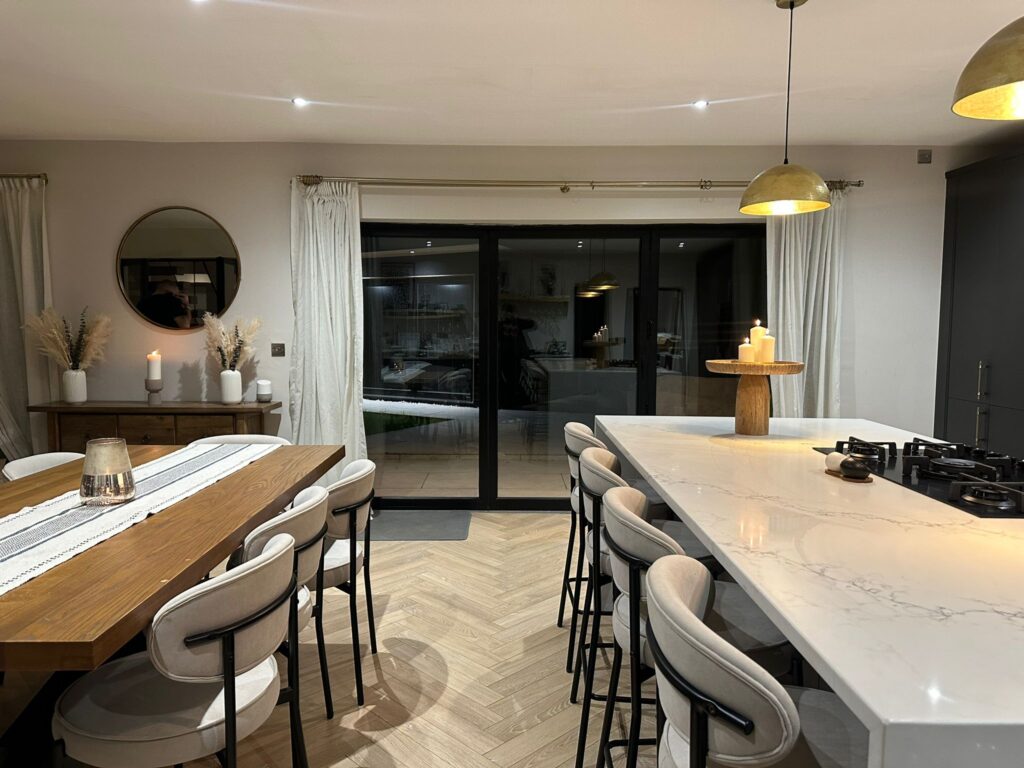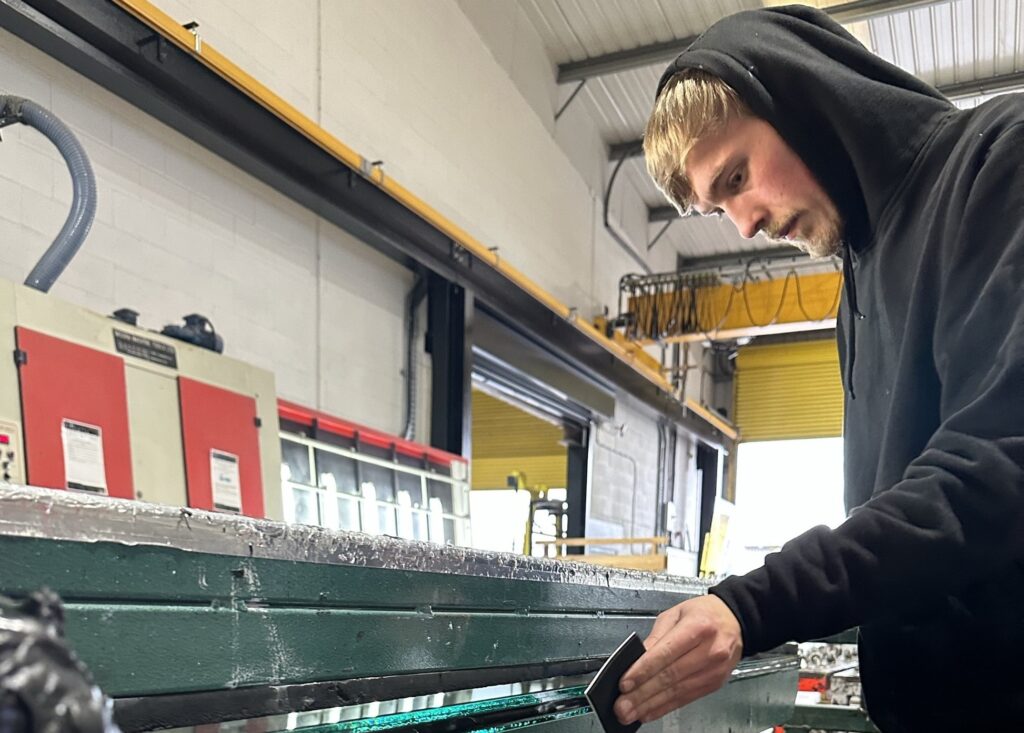What Are the Best Glass Options for Privacy Without Blocking Out Light?
What Are the Best Glass Options for Privacy Without Blocking Out Light? Natural illumination remains one of the most coveted features in modern interior design, yet maintaining privacy presents a common challenge for homeowners. Fortunately, advancements in glass technology offer elegant solutions that allow light transmission while obscuring visibility. Wondering what are the best glass options for privacy without blocking out light? This guide breaks down the best glass types. Different Glass Types for Privacy Frosted Glass Frosted glass stands as perhaps the most recognised privacy solution in architectural applications. Created through sandblasting, this treatment transforms transparent glass into a translucent surface that diffuses light while obscuring clear visibility. The versatility of frosted glass makes it suitable for numerous applications throughout the home. In bathrooms, it provides essential privacy for shower enclosures and windows without blocking natural light. As room dividers, frosted glass partitions create distinct zones while maintaining an open, spacious atmosphere. Textured and Patterned Glass Textured glass features impressed designs that refract light and distort vision in artistic ways. These patterns range from subtle, barely perceptible textures to bold, three-dimensional designs that become focal points in their own right. From organic motifs like raindrops, bamboo, or floral designs to geometric patterns such as diamonds, squares, or abstract compositions, textured glass can be made in many different styles. Beyond their privacy function, textured glass panels contribute significantly to interior aesthetics. They add visual interest to otherwise plain surfaces and can complement specific design themes. Tinted Glass Coloured glass offers privacy through a different mechanism than texture or frosting, it uses tint density to obscure visibility. The privacy level provided by coloured glass depends largely on the depth of colour. Lighter tints offer minimal visual obstruction but can reduce glare and soften light quality. Deeper colours provide greater privacy. Blinds in Glass Blinds in glass are a modern and practical solution for anyone looking to balance privacy, style, and natural light in their home or workspace. Unlike traditional blinds that hang externally, these innovative systems are sealed within the glass unit itself, offering a clean, maintenance-free finish. The design allows you to enjoy uninterrupted views and natural daylight while having complete control over your privacy whenever you need it. At UKO Glass, we supply SOVU electric blinds, a premium option that brings convenience and sophistication together. With just the touch of a button, or even through a dedicated app, you can tilt, raise, or lower your blinds to suit the moment. Perfect for residential and commercial spaces alike, our blinds in glass systems combine cutting-edge technology with elegant design, giving you privacy and light control without compromise. Selecting the Right Glass to Add Privacy to Your Space Choosing the optimal privacy glass solution requires balancing functional requirements with aesthetic preferences and practical considerations. Each glass type offers distinct advantages that make it suitable for specific applications. Whatever your specific requirements, here at UKO Glass we offer a wide range of privacy glass options. To find out more, contact our team today on theteam@ukoglass.co.uk.
What Are the Best Glass Options for Privacy Without Blocking Out Light? Read More »

